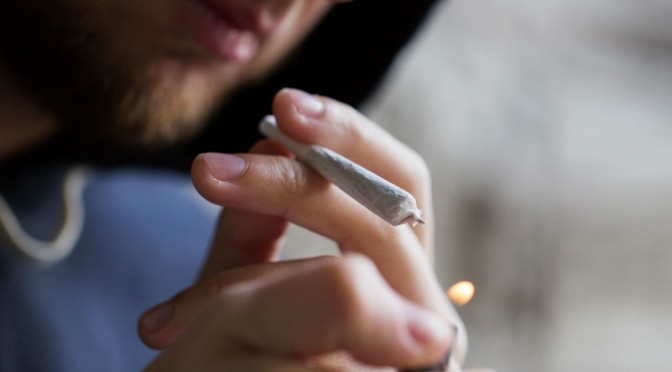How Pot Can Affect Addictive Behavior Patterns in Teens, Like a Disease
By Tyler Jacobson
When people start talking about marijuana, most likely they picture a drug that makes you mellow and calm. After all, stoners and Hollywood like portray pot this way. In reality the use of marijuana is causing our teenagers to develop addictive behavior patterns that are affecting them like a disease.
Stages of Addictive Behavior
Binge and Intoxication
Dopamine is an organic-chemical that acts as a neurotransmitter. While dopamine serves a few different functions within the brain, its major role is to supply your brain with a reward-feeling sense of euphoria. Marijuana use unlocks this dopamine and provides the user with extreme elation. After repetitive exposure to the drug, this dopamine begins to trigger an anticipatory response to the cues, or the conditioned stimuli rather than the drug itself. This means that the stimuli most often paired with the drug use, such as the environment where you use the drugs, or the people you smoke with can predict the reward to follow and trigger the response ahead of time. This quick-surge of dopamine is responsible for a craving of the drug. It can lead to overuse of the drug, and can induce drug-seeking behaviors.
While dopamine is released in natural ways such as during sex or while eating food, these cells stop firing once the natural reward has been obtained. This eliminates the desire to further pursue these rewards. Addictive drugs bypass this natural feeling of completion and continue to increase the dopamine levels which can lead to compulsive behaviors.
Withdrawal and Negative Affect
The more that a person uses marijuana, the less dopamine is released. This often causes the user to take in more pot to experience the same level of euphoria that they experienced when they first started using the drug. Continual exposure to marijuana will alter the circuitry of the amygdala in the basal forebrain; this in turn modifies how well the user is able to handle stress and results in a number of negative emotions. This is essentially what happens when a user goes through withdrawals.
The negative effect occurs when a user continues to expose himself to the drug even though they can’t achieve the desired level of euphoria. They then suffer through the negative emotions and effects of having their brain circuitry altered and go through withdrawals until they are able to get another hit of the drug; becoming a vicious cycle.
Preoccupation and Anticipation
A more well known term for this stage is “craving.” Because continual use of this drug impairs the signaling of the prefrontal region of the brain, those addicted to the drug are unable to refuse strong impulses or follow through on their decision to stop using the drug. While the user may have every intention to quit taking the drug, the altered state of their brain that makes them crave the drug, makes it increasingly difficult to do so even though the result may be catastrophic.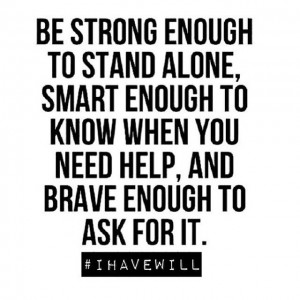
Knowing the detrimental addictive behavior that can quickly occur from using marijuana should make us as parents that much more diligent in educating our children at a young age to stay away from drugs. Editor’s note- 6 percent of high school seniors are considered daily marijuana users, triple the amount of daily alcohol users.
The author, Tyler Jacobson, enjoys going to the mountains near his home in Draper, Utah to connect with his wife and children through camping, hiking, and quality time together. When he isn’t rebooting in the outdoors, he shares his fatherly experiences with the world through writing and creative designs. Tyler shares the ups and downs of family life and the solutions he’s found through lengthy research and involvement in the industry and his own experiences to help parents everywhere. Follow Tyler on: Twitter | LinkedIn

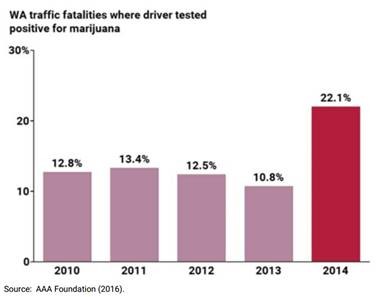



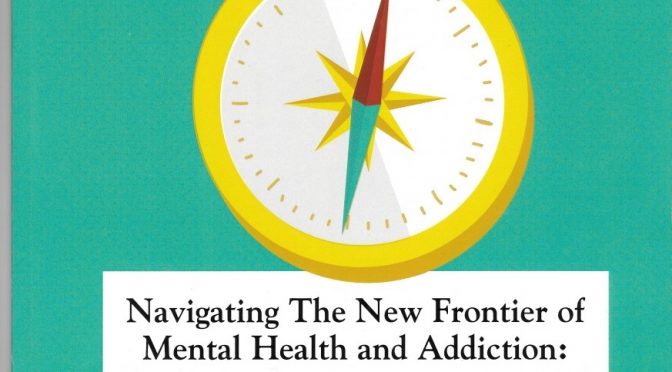
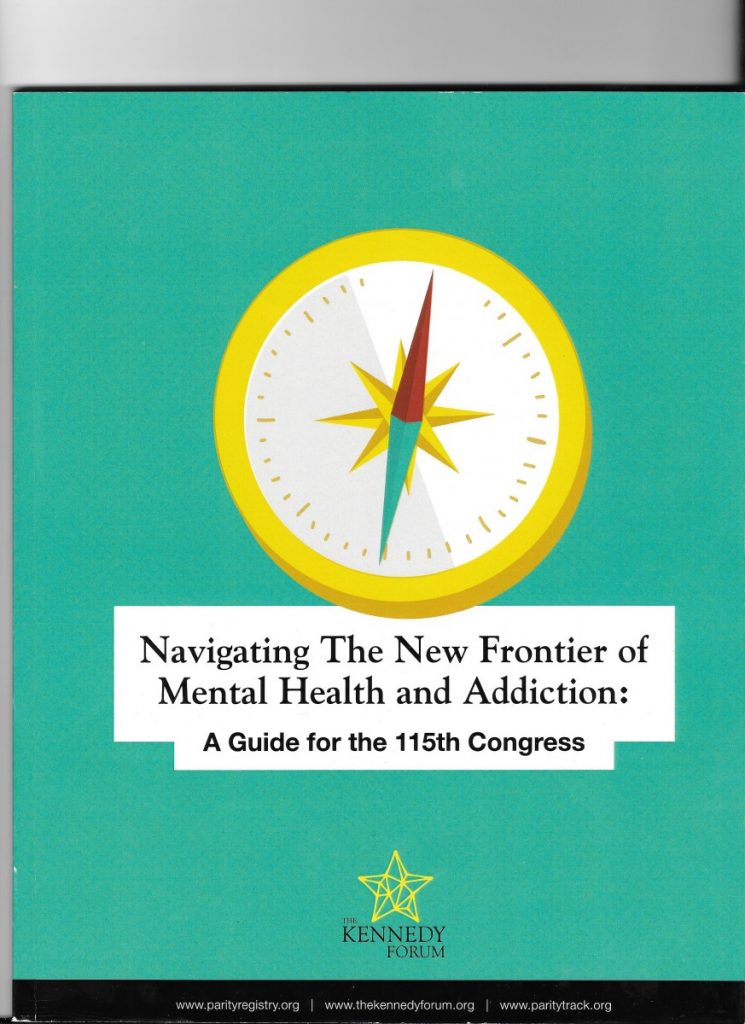 Super Bowl Ad Makes the Message Clear and Relevant
Super Bowl Ad Makes the Message Clear and Relevant